What to choose - a blender or a food processor: technical characteristics of devices and comparison of devices
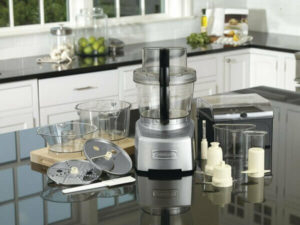 Blender - one of the devices that are most often found in the kitchen. Such popularity is due to the wide functionality of this device.
Blender - one of the devices that are most often found in the kitchen. Such popularity is due to the wide functionality of this device.
Its main purpose is to chop solid foods, but with additional attachments it is also capable of mixing liquids, whipping eggs and many other operations.
Nevertheless, the market offers other devices that can do some tasks better than the blender.
Choosing the right appliance ultimately depends on your needs.
Contents
Why do we need a blender and what is it for?
The blender works by rotating sharp steel blades. This design allows you to easily chop fruits and vegetables, meat, it can also be used for crushing ice, nuts or breadcrumbs.
The ability to grind a particular product is primarily determined by the capacity of the device. It is worth noting that blenders can be manual or stationary.
Manual blender consists of a handle with a motor and control buttons, on which the attachment with metal blades is put.
When working, such a blender is lowered into a container. Completion of different models depends on their cost, more expensive devices may have a whisk attachment for whipping liquid and semi-liquid products, as well as a special bowl for shredding solid ingredients.
A stationary blender is a body with a container where rotating steel blades are placed. To grind products with such a blender, you need to put the necessary components in a bowl, close it with a lid and turn on the device at a certain power.
Of course, the blender has its pros and cons.
Pros
- Chopping of fruits, vegetables, meat, some solid foods;
- high speed of operation;
- gives a homogeneous consistency in the output;
- The functionality increases with different attachments.
Disadvantages
- Grinds food not into a fine chop, but rather into a puree-like mixture;
- The high speed of operation causes rapid overheating of the motor, as a result of which you often need to take a break;
- Makes a loud noise.
Multifunctionality of the blender can be very conditional, as additional functions (whipping or chopping) are not performed as well as with special individual devices.
The food processor and its functionality
Kitchen machine, as the name suggests, combines a lot of the most diverse functions necessary for cooking. It is capable of chopping, slicing, mixing, whipping various products, chopping meat, squeezing juice.
Types of food processors depend on their functionality. Conditionally speaking, a blender can combine such devices: blender + meat grinder, blender + mixer + dough mixer, blender + juicer, etc.
Before choosing a food processor, you need to have a good understanding of which functions you will really need and which you won't. For a quick chopping or mixing you can buy a compact and relatively inexpensive device.
If you have a large family, for which you need a lot and often prepare a variety of dishes, then a massive combine with many attachments and functions will be indispensable.
Pros of
- Can easily cope with all the tasks assigned to it;
- Thanks to its multifunctionality, it allows you to save money, because it combines a blender, mixer, meat grinder, juicer;
- provides an easy and quick processing of a large volume of products.
Cons
- high cost;
- large size.
If you compare a food processor to a blender, you have to understand that a blender is designed to chop and mix foods. A food processor, thanks to its attachments, can perform many more tasks.
A blender, as a rule, is equipped with one (maximum two) bowls and a few attachments. Combine has a huge number of bowls, a variety of knives and cutters.
There is also a purely visual distinction: food processor is large enough, he needs a lot of space, and the blender can often fit in a small corner or in a drawer (if we talk about manual models), as it has more compact dimensions.
The cost of the blender is much higher, as it has a complex design and has many additional attachments and devices that expand the versatility of the device.
A simpler blender, respectively, is much cheaper.
Using the chopper
A chopper is something in between a food processor and a regular manual food slicer. As a rule, this device consists of a bowl with a handle on top.
Shredders allow you to finely chop whole foods and large chunks.
Chopped food can be added to a salad, or processed in some other way.Depending on the method of chopping, these devices are divided into choppers and multi-cutters.
The main working element of a chopper is a rotating impeller knife. Such a device can even whip some liquid products (sauces, dough for pancakes, creams). The quality of slicing depends on the operating time of the blades, as well as on their placement.
If the blades are placed low, you will get a puree-like mixture, and if they are placed high, you will get a rather coarse slicing. As a rule, the height of the knives can be adjusted.
Homogeneous consistency can be achieved only when chopping products to a state of puree.
Multi-cutters have rotating discs, on which there is a notch of different sizes and shapes.
Such devices can chop and slice food, and the particles will always have the same size.
It is not possible to whip or stir liquid foods with multicutters. Typically, multi-cutters are not equipped with their own bowl, so they are used in their own bowl, just like a hand blender.
Pros of
- Excellent crushing of solid foods (meat, nuts, ice);
- obtaining uniform, well-cut pieces;
- small size of the device.
Cons
- small functionality;
- heating during prolonged use.
The chopper is similar to the blender in many ways, both in functionality and appearance. It is worth noting that the bowl for chopping food in the chopper is always at the bottom, while in a stationary blender it is set on top.
Using the juicer in the kitchen
Juicers - a completely separate class of devices, which widely differ from each other in functionality and purpose. However, in any case, they all serve the same task - juicing.
Types of juicers:
- For citrus fruits. Allows you to get juice only from citrus fruits, has a small capacity and compact size.
- Auger. This device works on the principle of the press - the product is put under the auger, which moves and forcefully squeezes the juice out of the product. This type has the highest capacity because it can squeeze the maximum juice out of the pulp.
- Sieve or centrifugal. The most common type, the working element of which are rotating knives placed in a container with mesh walls. When working, the product is chopped and rubbed through the mesh, due to which the juice is released, and the unwanted pulp is automatically removed into a special container. The performance of such a juicer depends on its power, the most powerful devices can process hard fruits and vegetables.
The advantages and disadvantages of juicers depend on their type and power. It is worth more detail to consider the differences between the juicer and the blender:
Pros
- Juicer allows you to get clean juice without pulp, while the blender will make juice with impurities, which is more like a liquid puree.
- Juicers remove the used cake in a separate container, while the blender will leave it with the juice.
- Juicers have a running time of 5 to 15 minutes. Expensive blenders are able to work until the necessary consistency of the product is reached.
- The juicer can handle even hard fruits and vegetables. The blender will simply chop them or, at the very least, turn them into mush.
- Juicer is used only for making juice, and the blender is suitable for making puree or a variety of fruit cocktails.
Disadvantages
- Significant disadvantages have not been identified.
In general, the choice depends again on the needs arising in the kitchen. The blender allows you to carry out a variety of operations, but you can not get juice with it. If you need freshly squeezed juice, then you can not do without a quality juicer.
Comparison of blender, food processor, juicer and chopper
This table shows the different operations that can (or can not) be performed by the devices referred to in the article.
It is worth noting that the comparison took into account the possibility of expanding the functionality of the device with additional attachments. For example, a blender can whip eggs if there is a whisk attachment, and a juicer can theoretically be used to chop fruit, although this is not part of its purpose.
| Type of operation | Blender | Combine | Chopper | Juicer |
| Vegetable/fruit slicer | yes | yes | yes | medium |
| Cooking puree | yes | yes | medium | no |
| Chopping meat | medium | yes | yes | no |
| Chopping nuts | medium | yes | yes | medium |
| Ice crushing | medium | yes | yes | no |
| Cocktail making | medium | yes | no | no |
| Whipping egg whites/yolks/eggs | medium | yes | no | no |
| Making homemade mayonnaise | no | yes | no | no |
| Pancake batter | medium | yes | medium | no |
| The dough has the consistency of thick sour cream | medium | yes | medium | no |
| Dough for baking pies/watcakes | no | yes | no | no |
| Juicing | no | yes | medium | yes |
| Coffee/spice maker | no | yes | yes | no |
| Slicing and chopping in specific shapes/shapes | no | medium | yes | no |
If you are faced with the question - what to choose, a blender, or some other device - you need to clearly understand the purpose of the various devices. The blender is good at chopping and blending products, in addition, its functionality can be slightly extended by attachments.
With a blender can not get juice, with this perfectly copes juicer. If you only need chopping, then you should choose a special chopper. Kitchen combine, in turn, will perfectly cope with all the above tasks.
Useful video
From the video you will learn what is better - a blender or a juicer:



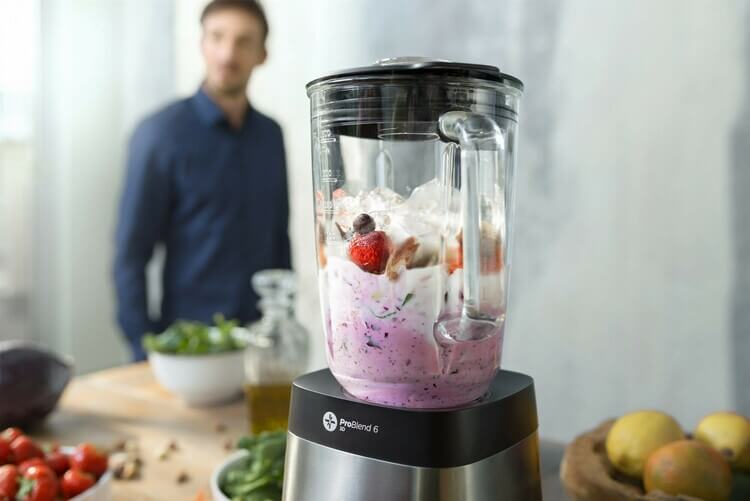
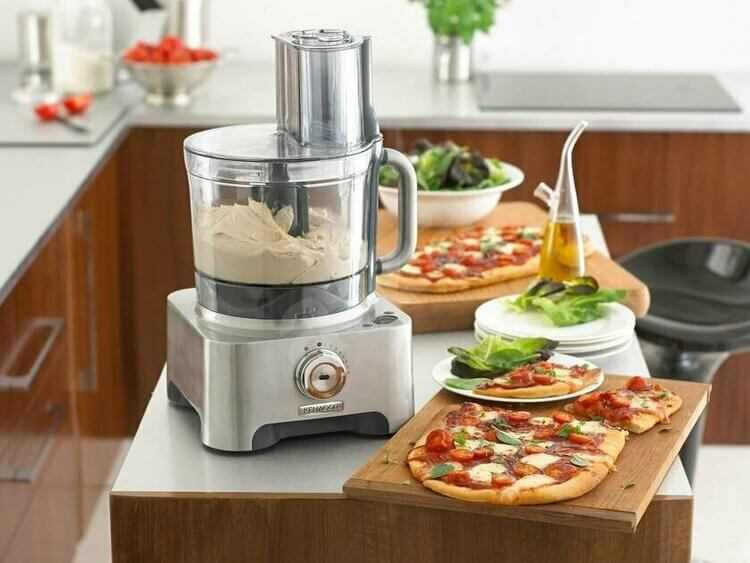
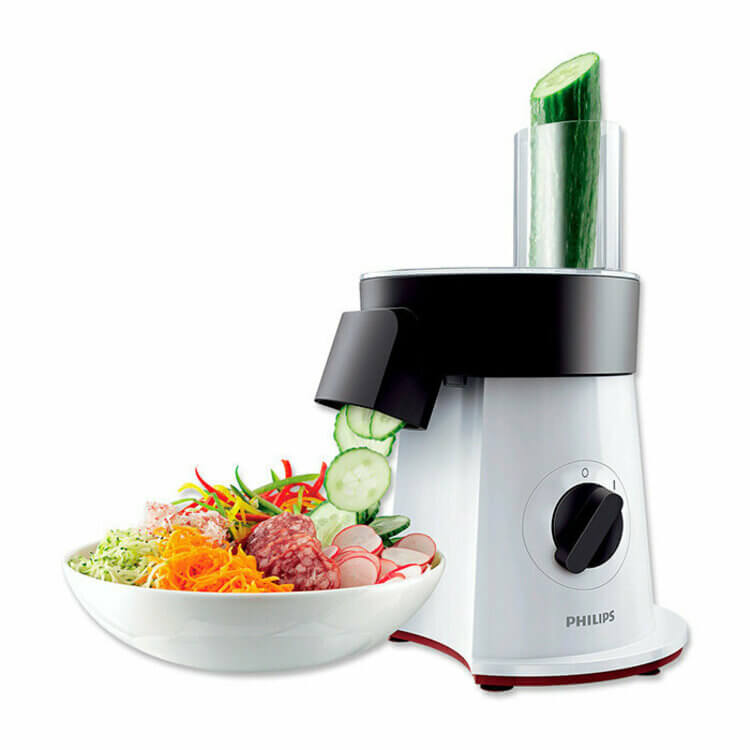
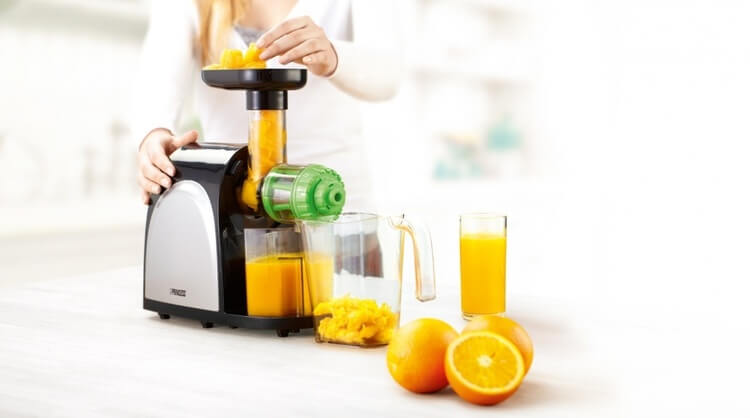
Blender or food processor, that is the question? What to choose? You need to look at the number of people in the family, if a lot of better blender. An immersion blender is more mobile and easier to clean. You can use it as an episode in the cooking process, whereas a blender requires installation and setup. Ideally, you should have both.
I am a long time hostess and cook a lot, including baking often and making juices with pulp for the fall for the winter and often smoothies. I have 3 kinds of these appliances in use: a food processor, an immersion blender, and a small smoothie blender. Of course, I use the combine most often, but the other helpers are also in demand, each has their own job and having 3 types of these appliances is convenient for me.
Of course a food processor should be every housewife's priority. I first bought a good blender, and after some time I bought a blender, and that from the budget items. I chose an immersion blender, it seemed versatile to me due to the fact that I could grind food in a pot and in a cup.
I am a mother of 4 children, I have three men and a daughter, I spend a lot of time in the kitchen, I use a food processor, it is my biggest helper, grind, grind, knead dough, he copes with everything!
In my opinion, the food processor is better than the blender. It has everything for cooking. But the blender is good help when you need to quickly mix up something for breakfast for example. I am on a healthy diet for the second month. In the morning, fruits and vegetables raw on the diet should be eaten. I blend everything quickly with a blender and breakfast is ready. It is convenient and does not take much time, because I am always in a hurry. I use the food processor before the weekend when I cook for the family.